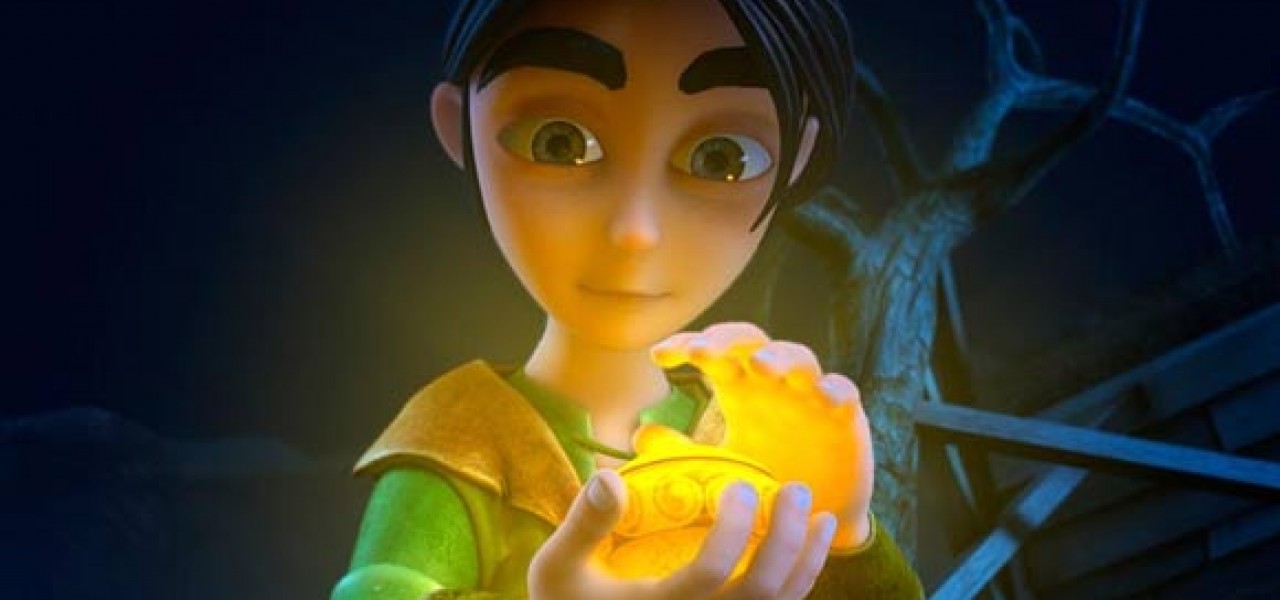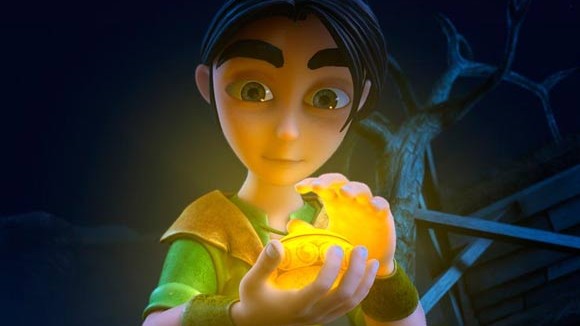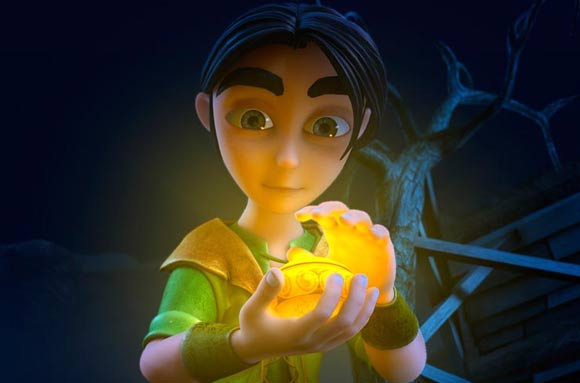

Cuba’s First CG Feature ‘Tom Little and the Magic Mirror’ Opens This Sunday

Add Cuba to the list of the countries that has produced its own computer-animated feature. Meñique y el espejo mágico (Tom Little and the Magic Mirror) opens this Sunday, July 20th, in Havana. The film is based on a 19th century Tom Thumb-esque tale by Cuban writer/philosopher José Martí. It’s directed by Ernesto Padrón, a veteran comic artist who wrote the 1985 Cuban animated feature Vampires in Havana, which was directed by his brother Juan Padrón. Here is the synopsis for Tom Little:
Tom Little is the story of a small peasant who wants to lift his family out of poverty. A plague of insects that destroys the crops of the field where he lives and an encounter with the Mirror of the Better Half are the events that mark the beginning of his adventures. The Mirror reveals to Meñique who is the woman of his dreams and urges him to follow his brothers, Pablo and Pedro, to the city…
The fact that this film even exists represents a remarkable accomplishment for the island nation of 11 million people, which doesn’t have any dedicated schools for animation. Film production took nearly seven years and presented challenges that would be unfamiliar to producers in other parts of the world. For example, the production was delayed for a period of time because the studio didn’t have enough technical equipment like video cards and computers. In a 2010 interview, Ernesto Padrón said that the crew members were working from home because they only had five computers at their studio. Eventually, the University of Havana lent the production six additional computers so artists could continue making the film.
The crew surmounted other huge obstacles as well. The lack of information exchange in Cuba, due to the country’s political situation, meant that the crew had to teach themselves computer animation from scratch. Most countries that are entering the computer animation field do so with support and training from artists in more experienced countries, but Meñique was made at the Cuban Institute of Cinematographic Art and Industry (ICAIC) as artists taught themselves how to model, rig, texture, light, paint mattes, and render. One of the film’s animation supervisors, Jerzy Perez, was among the few crew members who had any CG animation experience outside of Cuba, having worked for a brief period of time at Xing Xing Digital in Beijing, China. It wasn’t until late in the film’s production that the Spanish studio Ficción Producciones came on board as a co-producer to help the Cuban team fix technical mistakes, as well as assist with more involved technical processes like lighting and rendering.
The end result is not only Cuba’s first CGI feature, but a new group of artists and technical crew who are now fluent in the language of computer animation. What remains to be seen is whether ICAIC continues to push CG animation production in Cuba now that the country has a trained production crew.
And a bonus for our Spanish-speakers—a making-of featurette abothe film:

.png)